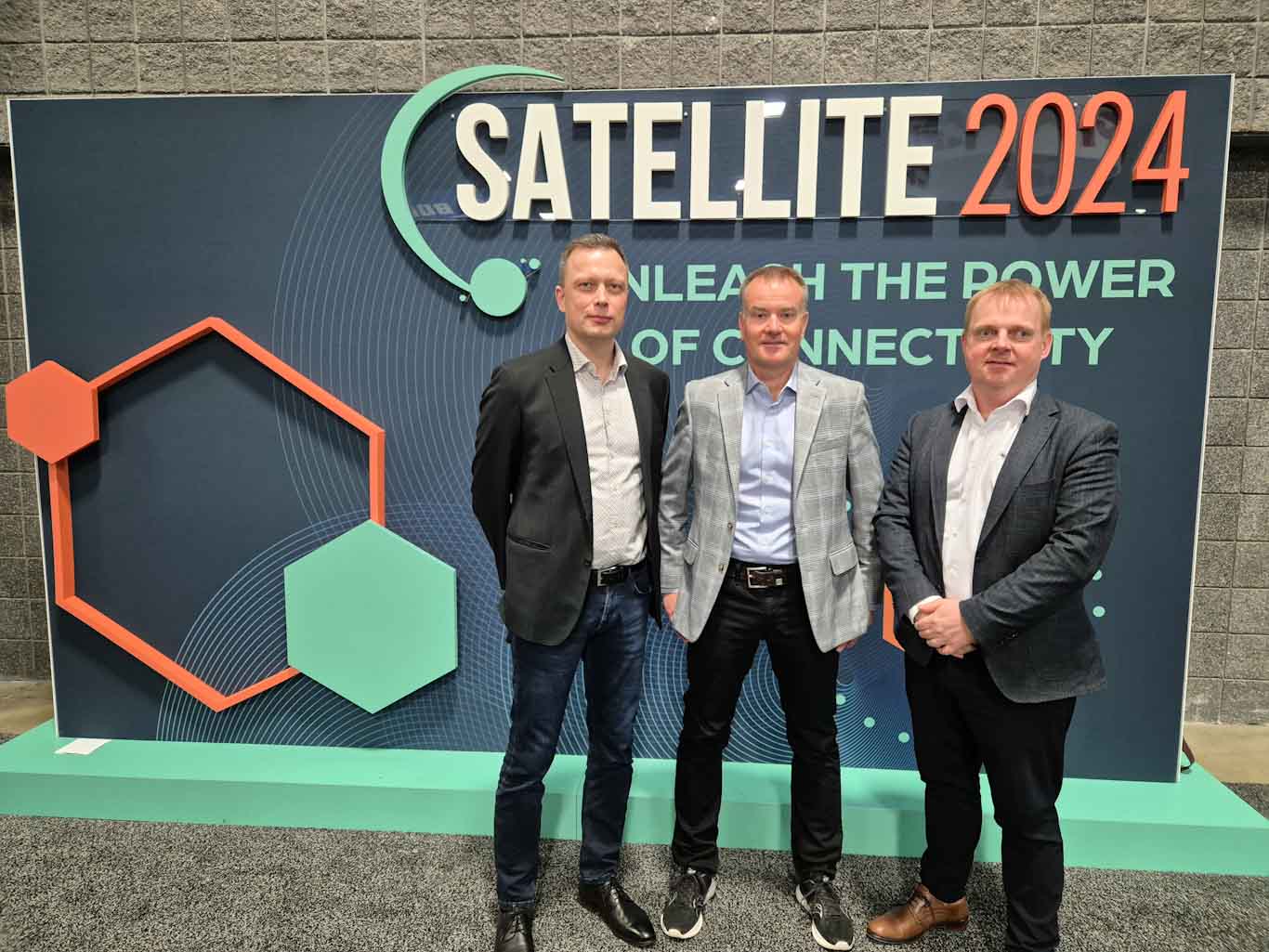What to expect from your 5G NTN service performance?
A technical feasibility study will provide detailed simulations, analysis, and recommendations regarding your future 5G NTN service’s potential strengths and weaknesses based on your specific combination of technology (NR, NB-IoT or eMTC) and the satellite-based network used for offering NTN services.
The feasibility study will be tailored to your specific challenges but will generally include system capacity calculations, performance trade-offs and suggestions on how to maximize performance under the chosen link/fading conditions and network configuration. Enhance the probability of a successful demonstration and commercialization of your future 5G NTN service by building your business case on a thorough technical feasibility analysis.
5G NTN Feasibility Study - Download Information
Benefits
A technical feasibility study from Gatehouse Satcom will enable you to:
- Estimate future network capacity
- Confirm efficient use of your spectrum
- Compare technologies based on their estimated network performance
- Make strategic system architecture decisions for current or future satellites
- Secure a strong market position by being ready for standardized 5G NTN
- Ensure desired end-user experience relating to e.g., Quality of service
- Obtain an unbiased analysis from independent waveform experts
Tailored Feasibility Studies for Optimized 5G NTN Solutions
Targeted technology
Firstly, we will need to know what technology you are targeting: NB-IoT, eMTC, New Radio or other?
Define overall goal
Secondly, we will ask you to define your overall goal: Do you have a current system you want to analyze the achievable performance of? Or do you have a desired system performance you want to achieve?
Expected outcome
Together we will formulate a line of questions you want to have answered through the feasibility study. The questions will guide the further process of defining what input we need from you, work packages and alignment of what output you can expect.
Gatehouse Satcom conducted a comprehensive feasibility study, successfully modelling the performance of the world’s first 3GPP-compliant 5G New Radio Non-Terrestrial Network (NTN) operating in low-earth orbit (LEO). We now have a solid foundation to advance the implementation of our future NGSO system that will support standardized 5G NTN connectivity.
– Brian Pemberton, Chief Commercial Officer, Omnispace
Our 5G NTN Technology
FAQ
How does the 5G NB-IoT NTN standard handle the case that the device is rapidly moving and need to be connected to a NGSO network?
This depends on the situation. First, there need to be feeder link switch-overs in place to secure connection to ground from any satellite. Secondly, the device may have to do cell-reselection if moving into coverage of another cell. If moving out of the tracking area, it will have to do tracking area update procedure (TAU). If a connection is established through one satellite, this connection can be kept even if the device is moving between tracking areas. It may involve a tracking area update of the device.
How many satellites are needed to have 1 min of tracking?
Depending on the orbit, configuration and antenna system this can be quite different. However 1-2 min of tracking with one CubeSat in LEO at 600km height is possible.
Can devices submerged in the sea connect to a satellite or would the device need to be in line of sight?
The first issue with being submerged in water is the additional propagation loss in the water: Water being conductive severely attenuates radio frequencies. So it would be key to stay at a low depth. Better link budget, ie. directional antennas and higher transmission powers, can help overcome this issue to some extend.
The second issue is refraction between the air-water mediums. Refraction happens when a wave travels through a medium of one density into another medium of a different density. This causes the path of the wave to bend and also slows down the speed of the wave which in turn decreases the wavelength, which an underwater receiver must also account for.
In short, the underwater scenario is very challenging and it would be advantageous to communicate at the surface.
Insights
Explore our articles, webinars and releases and let us show you how we and our clients are unlocking the power of satellite communications.
Let’s get in touch

Raphaela Teixeira
Sales Executive
I look forward to discuss your current roadmap for 5G NTN and show how we can help you strengthen it.
Please reach out to me or fill out this form to start a conversation.



